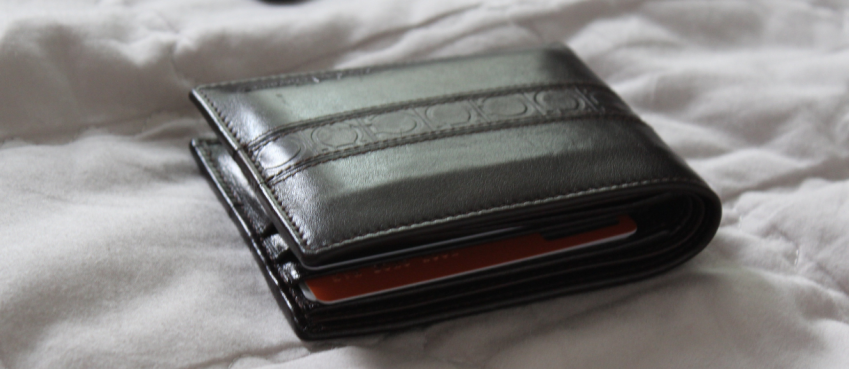
In the world of photography, capturing stunning moments is an art. One crucial element that plays a significant role in achieving those captivating shots is shutter speed.
Shutter speed is a fundamental aspect of photography that can greatly impact the outcome of your images. In this article, we’ll delve into the concept of shutter speed, how it works, and its effects on your photographs.
What is Shutter Speed?
At its core, shutter speed refers to the amount of time that the camera’s sensor or film is exposed to light.
It is the duration for which the camera’s shutter remains open, allowing light to hit the sensor and create an image.
Shutter speed is measured in seconds or fractions of a second, such as 1/1000, 1/250, 1/30, and so on.
It essentially determines the length of time a scene is captured, influencing how motion is portrayed in the photograph.
The Relationship With Exposure
Shutter speed is a vital component of the exposure triangle, which also includes aperture and ISO.
The interplay between these three factors determines the overall exposure of an image.
A faster shutter speed allows less light to enter the camera, resulting in a darker image, while a slower shutter speed permits more light, leading to a brighter image.
How Shutter Speed Works?
1. Freezing Fast Motion
A fast shutter speed, such as 1/1000 or higher, is perfect for freezing fast-moving subjects. This is particularly useful for capturing sports events, wildlife in action, or any scenario where motion needs to be captured crisply without blur.
2. Creating Motion Blur
On the flip side, a slower shutter speed, like 1/30 or slower, introduces motion blur to your images. This can be creatively employed to convey a sense of movement or capture the flow of time. A classic example is capturing the streaks of car lights in a cityscape shot.
3. Adjusting for Lighting Conditions
Shutter speed is also a tool to control exposure in different lighting conditions. In situations where there’s plenty of light, such as a sunny day, using a faster shutter speed helps prevent overexposure. Conversely, in low-light environments, a slower shutter speed can be used, allowing more light to enter and produce a well-exposed image.
Factors Influencing Shutter Speed
Focal Length Matters: The focal length of the lens you’re using can impact the choice of shutter speed. A general rule of thumb is to use a shutter speed that is at least the reciprocal of the lens’s focal length. For instance, if you’re using a lens with a focal length of 200mm, a shutter speed of 1/200 or faster is recommended to minimize camera shake.
Stability is Key: Keeping your camera steady is crucial, especially when using slower shutter speeds. Even the slightest camera shake can result in blurry images. Tripods, image stabilization, and proper hand holding techniques are essential to counter this issue.
Conclusion
In conclusion, understanding shutter speed is pivotal in achieving the desired photographic results. It’s a tool that allows you to control motion, lighting, and creative effects in your images. Whether freezing action or capturing the passage of time, mastering shutter speed opens up a world of creative possibilities for photographers.
Frequently Asked Questions
Can I change the shutter speed on my smartphone camera?
Absolutely, many smartphone camera apps allow manual control of shutter speed, granting you more creative control over your mobile photography.
Does a faster shutter speed always result in better photos?
Not necessarily. While a fast shutter speed can freeze motion, it might not be suitable for all situations, as it limits the amount of light that enters the camera.
What's the slowest shutter speed I can use handheld without blur?
This depends on factors like your lens's focal length and your ability to stabilize the camera. As a general guideline, try to stay above 1/60 if you're hand holding the camera.
How can I practice using different shutter speeds effectively?
Experimentation is key. Start by photographing a moving subject with various shutter speeds to see how each setting impacts the final image.
Are there situations where motion blur is intentional?
Absolutely. Motion blur can add a sense of dynamism to your photos. It's often used in creative photography to convey a feeling of movement or energy.
Top 10 News
-
01
[10 BEST] AI Influencer Generator Apps Trending Right Now
Monday March 17, 2025
-
02
The 10 Best Companies Providing Electric Fencing For Busines...
Tuesday March 11, 2025
-
03
Top 10 Social Security Fairness Act Benefits In 2025
Wednesday March 5, 2025
-
04
Top 10 AI Infrastructure Companies In The World
Tuesday February 11, 2025
-
05
What Are Top 10 Blood Thinners To Minimize Heart Disease?
Wednesday January 22, 2025
-
06
10 Top-Rated AI Hugging Video Generator (Turn Images Into Ki...
Monday December 23, 2024
-
07
10 Top-Rated Face Swap AI Tools (Swap Photo & Video Ins...
Friday December 20, 2024
-
08
10 Exciting iPhone 16 Features You Can Try Right Now
Tuesday November 19, 2024
-
09
10 Best Anatomy Apps For Physiologist Beginners
Tuesday November 12, 2024
-
10
Top 10 Websites And Apps Like Thumbtack
Tuesday November 5, 2024







